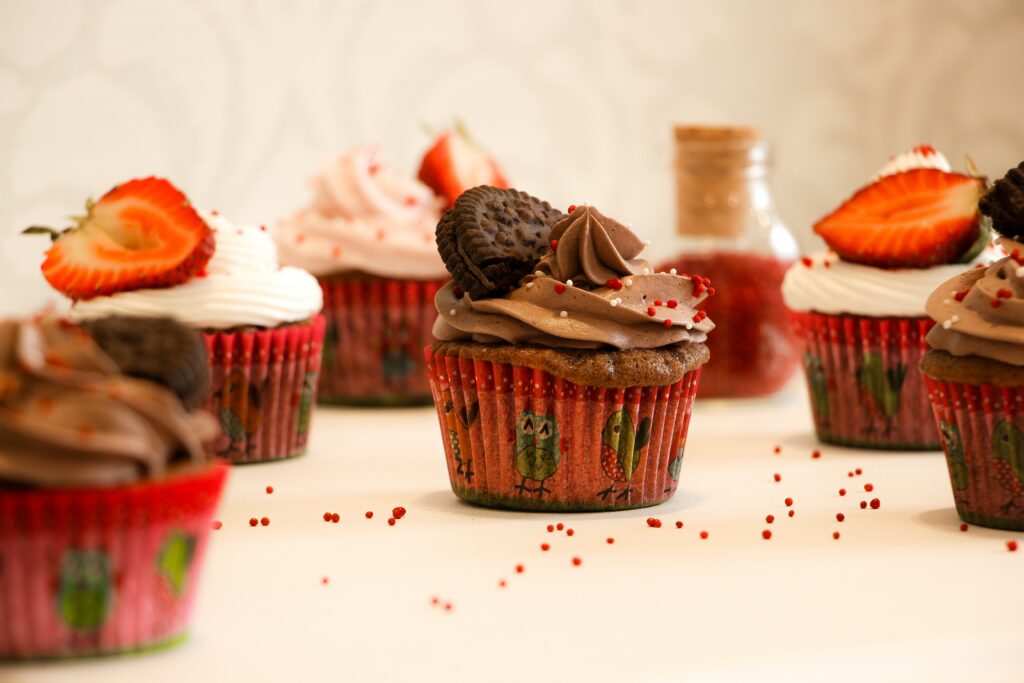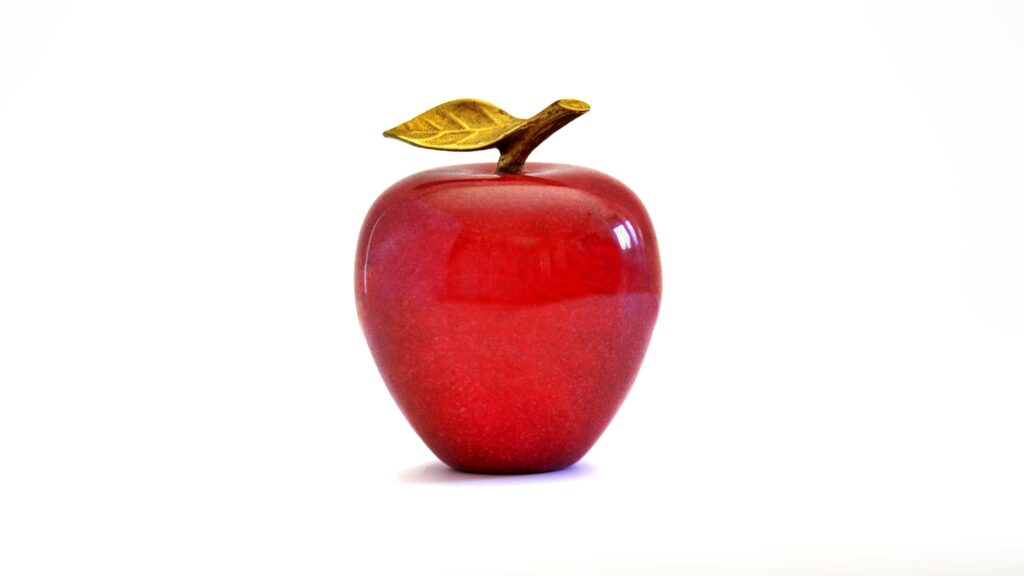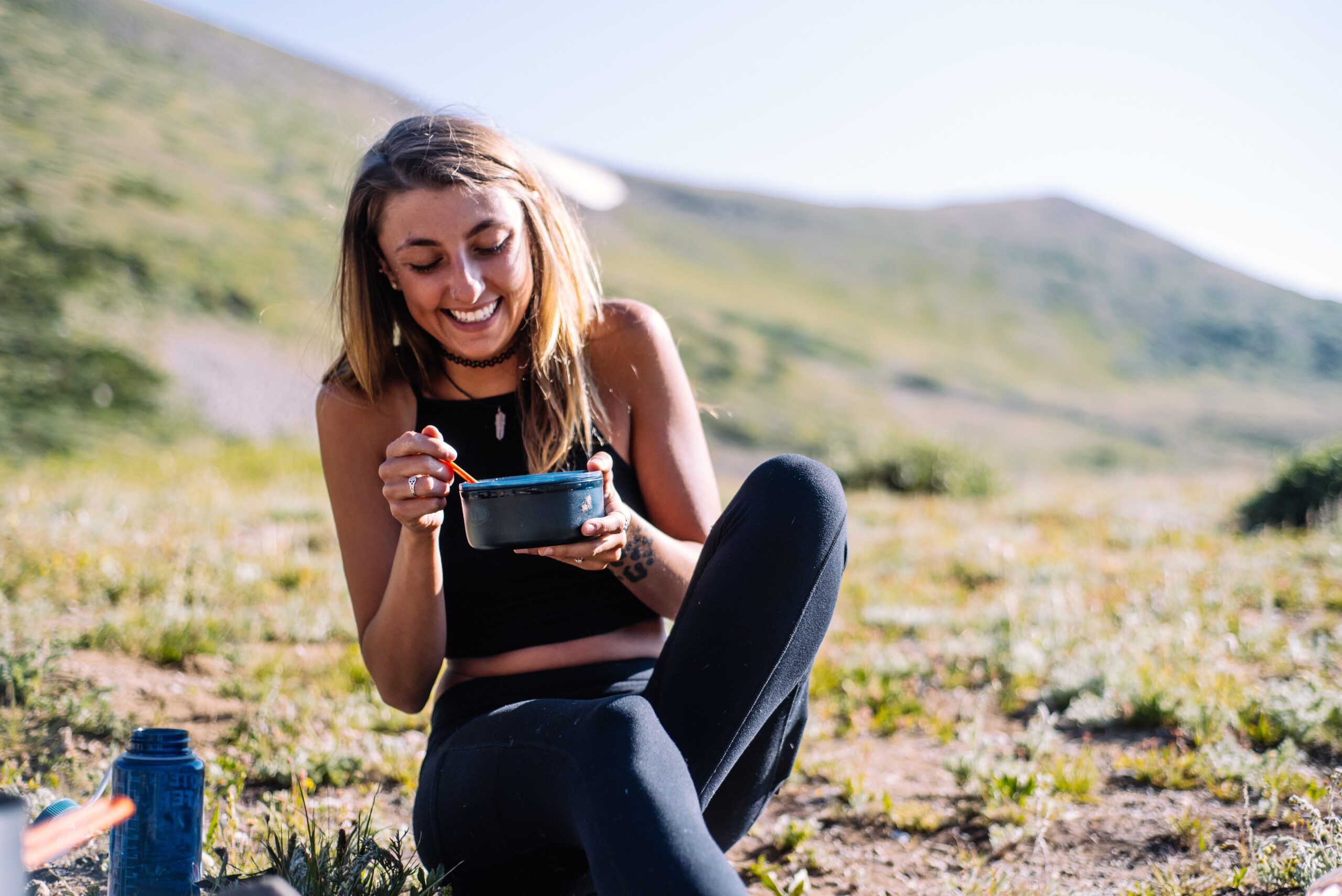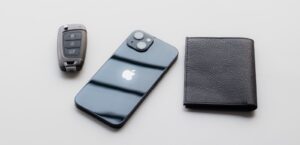The 80/20 principle is often used in a business context, to dictate that the most results can come from a minority of inputs. It’s not just for business – it is a principle that we an apply to many areas of life, including an activity we dedicate an average of 10 percent of our annual income towards: eating.
“There are only three things women need in life: food, water, and compliments.”
Chris Rock
Here’s the story…of a hungry lady
The heaviest I have ever been, ironically, was when I was at 165 and ONLY eating “healthy” foods – salmon, avocado, veggies, nuts, etc. – and not a carb in sight. The problem was, because I had so many foods on my “no” list, like carbs, any kind of sugar, starch, or even fruit, I constantly felt deprived. So I overompensated by eating a lot of “whole organic foods” to and high protein foods and snacks with “zero sugar” to feel full. And everything blew up in my face. And my face blew up, literally. I discovered that the life of a person who works for 80 hours a week and travels constantly (pre corona of course) doesn’t allow for picking perfectly organic foods all the time or even much latitude in menu selection. Also, the dopamine receptor sensors in my brain that get zapped when I tell it that X food is bad, I only wants more of it, and the only way I can possibly mediate this dispute between my willpower and my cravings is to eat more of the foods I can have, which are never enough.
Tell me if this situation sounds familiar at all, if you have been on a diet:
After two weeks on X diet, I am flying high, gloating over my immaculate adherence to the formula. On a Thursday morning, I take a walk, mentally congratulate myself for being so “good.” I pass by a bakery, and a red velvet cupcake in the window catches my eye. I love red velvet cupcakes. I want a red velvet cupcake. But flour and sugar are NOT on the (keto, paleo, low-calorie, whatever) diet plan. So I have a sugar-free X diet-friendly red-velvet flavored protein bar. (yes, they do exist). While I am desensitized to sugar alcohols, I still feel a craving for the real thing.

The white-knuckling game
I chew sugar-free gum. I drink coffee. Finally, I white-knuckle it.
Hours later, still unsatisfied, I overeat the “healthy” food that is allowed at dinner. I am still not satisfies, so I finally break down and have half a bar of dark chocolate. I wake up in the morning unsatisfied and disappointed in myself for “failing” on my diet.
Had I just gone for that cupcake, and eaten half of it, I would have had 250 calories versus 7 or 800.
You don’t have to be a martyr, or eat like a monk, to get in the shape you want. In fact, if you are specifically trying to lose weight in the LONG term, diets are probably the worst way to do it.
You don’t have to be a martyr, or eat 100% “clean”, to get in the shape you want. In fact, those unreasonable expectations are the reasons most diets fail.
A different path
If not strict diets, then what? Is there an alternative than just resigning to the status quo?
The “A-HA” moment
One day, I had an a-ha moment when I met my friends Bianca and Alex for a movie. Who are Bianca and Alex, and why do they sound like characters out of the sequel to the Romy and Michelle high school? Bianca and Alex are two of the most sprightly, svelte women I know. You know that friend, the one who seems to eat whatever they want and always seem to stay slim. You want to know their secret, right? They probably weight 220 pounds soaking wet, combined.
You know that friend, the one who seems to eat whatever they want and always seem to stay slim. You want to know their secret, right?
The cookie dough catalyst
We passed an edible cookie dough café (yes, it’s a thing!) in Georgetown, and Bianca made a beeline to go in. As I stood behind Bianca and Alex I wistfully glanced at the vats of edible cookie dough while they each ordered a treat. All I could think was calories, calories, fat, fat, sugar sugar. While walking to the car, Alex munched on her cookie dough sandwich . As she approached the driver’s side, she flung the rest of the cookie in the trash.
Bianca took a few small bites of her jar then closed the lid of her small jar, saying she still needed to have dinner. Then she told me that her small cookie dough jar would actually last her the entire week!
A closer look
I began to pay closer attention. The next time we went to dinner, Bianca glanced at the menu and took delight that there were tater tots available. As I inhaled my kale salad, I noticed she took a few bites and then seemed to lose interest. She asked for a to-go box, while I had wiped my plate clean.
The epiphany
My “a-ha” moment was that my prohibition on foods and food groups and labeling them as “bad” was inciting a compensatory eating pattern with “good” foods. The conviction that eating even one cupcake would permanently derail my fitness goals was clouding my better judgement with all food.
My “a-ha” moment was that my prohibition on foods and food groups and labeling them as “bad” was inciting a compensatory eating pattern with “good” foods.
There had to be another way.
After all, the definition of insanity is repeating the exact same behavior and expecting different results, right? My repetitive behavior of getting on strict diets, then expecting my willpower to last forever, and ending up overeating “legit” foods, was sabotaging my efforts.
The 80/20 approach
As I was doing my “research,” I started to uncover some articles and literature about the “80/20 ” rule for eating. Of course everyone is familiar with the general 80/20 Pareto principle, but did you know that it extends to food?
Here’s how it works. 80 percent of the time I eat off the following menu:
- Fruits and vegetables
- Lean proteins
- Limited amounts of healthy fats from avocados or olive oil
- Whole grains or “slow carbs” (i.e., sweet potato)
- Lots of water
Your 80 doesn’t have to be this. It can be different. It can be one of the diets we described in the last post – 80 percent Atkins, Keto, Paleo, “Whole30 compliant.”
20 percent of the time is “flex time”. I can have whatever I crave, whether it be cookie dough, ice cream, a red velvet cupcake, mac and cheese, a Starbucks sweet cream cold brew, or wings.
Scarcity vs. Abundance mentality
The key to this approach dispels the diet “scarcity” mentality. Food is abundant, and it’s always available, often at the click of a mouse. The abundance mentality frees us from the food bad labels. With a scarcity mentality that strict diets inevitably inspire, food is about to run out, so you better eat that Cinnabon while you can! Have you noticed that when you go to a buffet, brunch, or at an event, you eat WAY more than you would if you had ordered off of the menu? That’s because there is a scarcity mentality. It is an instinct to prevent famine, even if the only threat is in the mind.
With the 80/20 mentality, it allows you to look forward to eating your favorite foods. I no longer ate “more” of the healthy food too make up for the fact that I couldn’t really eat what I wanted. I know if I want a cupcake, I can always go down the street and get one.

No more forbidden fruit
Once the “20” is not a forbidden fruit, there is a natural slant towards disinterest. For example, I may plan to get a cupcake but then get too busy and forget, or I may walk by the bakery and not FEEL like getting a cupcake because I just had a big lunch. It is easier to tap into this kind of intuition, because I KNOW if I want the cupcake it’s always there. See the logic?
Once the “20” is not a forbidden fruit, there is a natural slant towards disinterest.
Back to Bianca and Alex. neither of them scarfed down the entire serving in one sitting because they did not have a scarcity mentality. This food was abundant and available.
How 80/20 differs from other approaches
You may have heard or bed doing the Noom diet (which costs on average 200 dollars a year) On that diet, there are also no “forbidden” foods, however, this diet also puts foods into categories of red (severely limit), yellow (approach with caution) and green (eat without guilt). This is a similar approach taken by other programs including “overeaters anonymous” or “OA”, which unofficially designates “red-light” foods as ones that are likely to trigger a binge or other type of episode.
These approaches may, and certainly have, worked for people. On a personal level, even if there are no absolute restrictions, it is my personal view that this red-light-yellow labeling incites even more of a scarcity mentality.
If you are interested in trying Noom, you can read a review of it here.
The (simple) math
The numbers are easy (even if like me, you went to law school to avoid math). If you eat 3 meals and 2 snacks a day, a joy eat would be 1 snack a day. Or if you look at it from a weekly standpoint, it would be a combination of 7 meals and snacks! Or, you can eat “80” 6 days a week and save the “20” for the 7th. This would work well for a big party, or a vacation for example. As we will get further, it will be noted that tracking is important for accountability and making sure that we stay on course.
The 20 is all about location, location
In general, I recommend avoiding keeping the “20” foods in the house until becoming very trained in this approach. This also ensures that you want your “20” bad enough to “hunt and gather”.
This may be difficult to apply in “COVID” but that is actually an asset – you won’t be out and about as much to be subject to those temptations.
If you are craving skittles, go to the local drugstore and buy one bag. If you order a pizza, get the size you know will allow for you to have 1-2 slices and for your boo (an other family members) to eat the rest.
Of course, you can get a lot of what you want with the press of a button. Services like Postmates allow you to buy a single quantity of any given dessert like a slice of cake or a pint of ice cream. If you are going that route, serve it to yourself like you would in a restaurant, in a nice plate or bowl. Sit at a table, like you would in a café. Put the fork or spoon down between bites and slow down. Eventually, you will recognize when you get to that satisfaction point and don’t need to take any more bites. Then take the rest and wrap it up in foil – even the ice cream – so you won’t “see it” when you open the fridge. You are likely to forget that it is even there.
Ideally, when life goes back to normal, we will want to order these “20” foods at the coffeeshop, restaurant, or ice cream store, so we can have the indulgence we want and let the waiter take it away when we have had enough.
The outcome
Now that I practice the 80/20 rule, I eat smaller portions of ALL foods, because I am eating the food I need to adequately nourish my body plus food that is 100 percent for enjoyment. And more often than not, these two categories overlap. There is no “forbidden fruit” or “off limits” food, which is so freeing. I am in much better shape eating this way than I was when I was pure in any form of the popular diets.
I have also noticed over time that my “80” is more of a “90,” by CHOICE. Fruits, vegetables, lean proteins, and slow carbs make me FEEL good. And seasoned the right way, they taste good. I don’t have a sugar crash, or if I do eat something small and sweet, it is balanced out by the “F” I get from the Fiber in my meal (remember PFfCW? If not you can read the DAO approach to food, here).
A solution you can take with you
This approach travels. To client dinners, conferences, parties, weddings, holiday gatherings, amusement parks, and vacations. You can have gelato when you go to Italy, or French fries dipped in mayo when you go to Belgium (don’t judge until you try it, kay?).
I suggest ordering the smallest size and know that it’s ok not to finish when you have not enough. It’s not a “waste”. Finishing a plate or an ice cream code to “get your money’s worth” is a classic example of the sunk cost fallacy. I know some of my economist friends reading this can relate!
Take only when you need from it
If you need to follow a certain diet, or do so for physical or other health reasons, I get it. If this approach will make you feel out of control, or that you may not be able to effectively limit “joy eats”, I understand. I am only laying out what worked and didn’t work for me. And this principle applies to every single suggestion I make. I am blazing my own trail here, because I was tired of the same old recycled approaches. Take what you want, and leave what you don’t. Hopefully, 80/20.
A word of caution
If you have or currently experience any kind of disordered eating, this approach may not make sense for you. In that case I would definitely recommend working with a dietician or health professional specializing in eating disorders.
More about 80/20 eating:
The 80/20 principle: How to do more with less (Richard Koch)
Why diets don’t work and what does.













